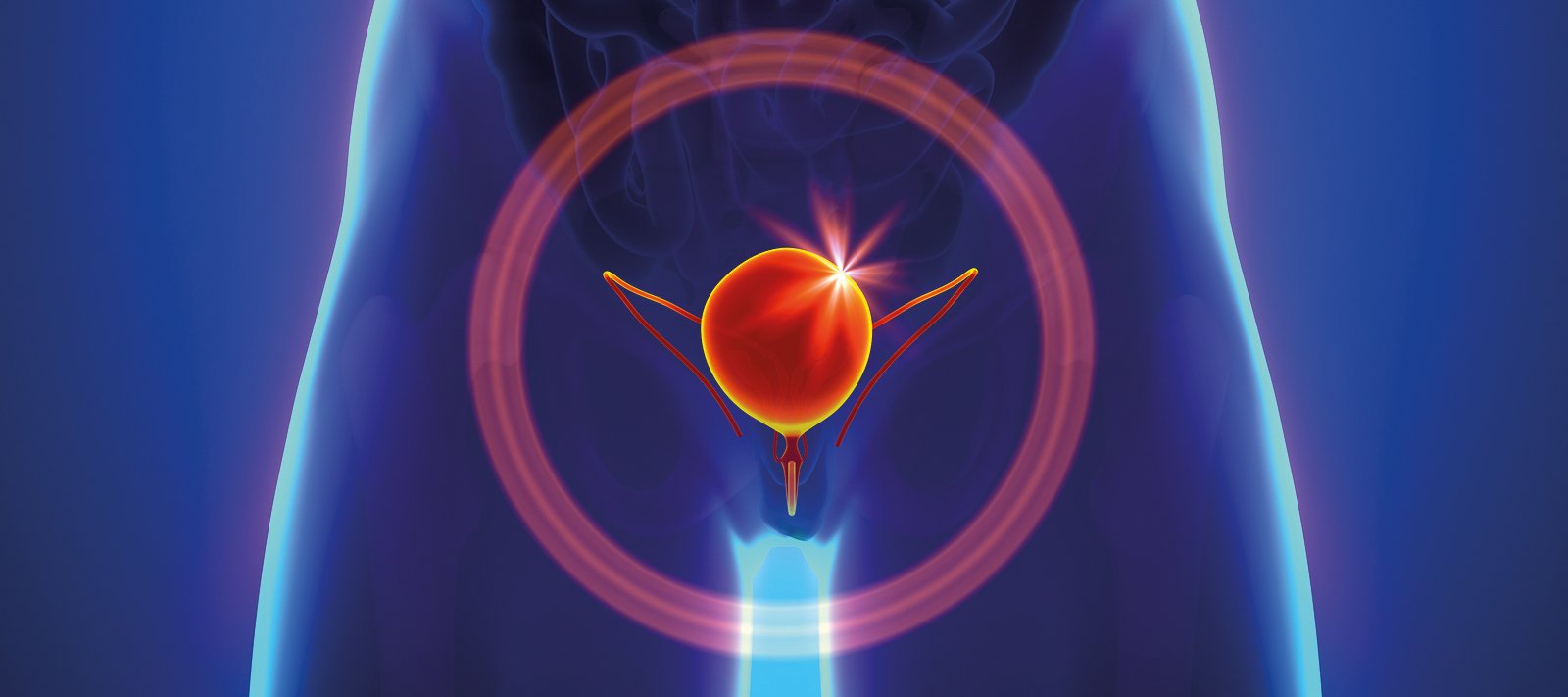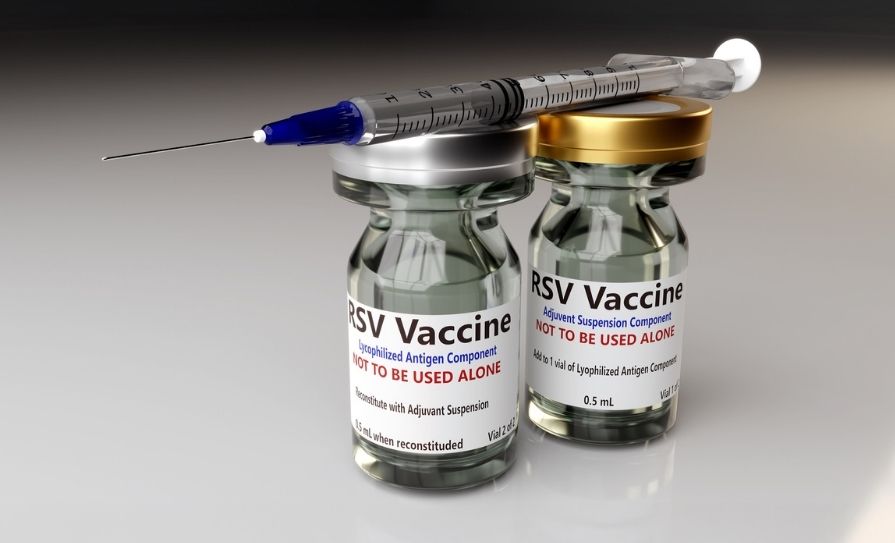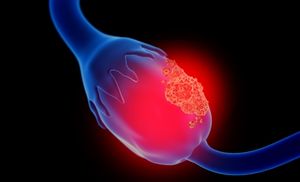This article provides a clinical overview of common genito-urinary issues, including urinary incontinence and urinary retention
Urinary incontinence
Urinary incontinence is defined as an involuntary loss of urine that is objectively demonstrable and a social or hygienic problem. Depending on the cause, patients may have symptoms of urinary frequency, nocturia, urgency, dribbling, or dysuria. Classifications of incontinence vary, but the main types include:
Stress incontinence;
Urge incontinence and overactive bladder; and
Overflow incontinence (a consequence of urinary retention).
Patients may also have mixed types, for example combined stress and urge incontinence. The term ‘functional incontinence’ is used when the patient’s condition is due to impaired mobility or mental function. It is important to determine the type and, where possible, cause of urinary incontinence before attempting treatment.
Urinary tract infections, constipation and benign prostatic hyperplasia may mimic or cause the symptoms of urinary incontinence and should be excluded.
Stress incontinence
Individuals with stress incontinence have involuntary leakage of urine that occurs with increases in intra-abdominal pressure (ie, with exertion, sneezing, coughing, laughing) in the absence of a bladder contraction. Stress incontinence is the commonest form of incontinence in women. Some men may also develop stress incontinence, ie, after prostatectomy.
Mechanisms of stress incontinence in women include: (1) Urethral hypermobility — Urethral hypermobility is thought to stem from insufficient support of the pelvic floor musculature and vaginal connective tissue to the urethra and bladder neck. This causes the urethra and bladder neck to lose the ability to completely close against the anterior vaginal wall. With increases in intra-abdominal pressure (ie, from coughing or sneezing), the muscular tube of the urethra fails to close, leading to incontinence (like ‘stepping on a hose in sand’).
(2) Intrinsic sphincteric deficiency — Intrinsic sphincteric deficiency (ISD) is a form of stress urinary incontinence that results from a loss of intrinsic urethral mucosal and muscular tone that normally keeps the urethra closed. In general, ISD results from neuromuscular damage and can be seen in women who have had multiple pelvic or incontinence surgeries.
Initial management should be conservative: First-line treatment is likely to be pelvic floor exercises; other treatments may include electrical stimulation or biofeedback, the use of devices such as vaginal cones, surgery, or drugs.
Pharmacological treatment
Medications have only a secondary role in the treatment of stress incontinence, although the serotonin and noradrenaline reuptake inhibitor duloxetine is now licensed to increase urethral tone in the treatment of moderate-to-severe stress urinary incontinence, and may be an alternative to surgical treatment.
Alpha-adrenoceptor agonists such as pseudoephedrine have been used off-license to increase tone in the muscles of the urethra and at the base of the bladder; they may prevent incontinence in certain stress situations, but long-term experience has been mostly disappointing.
There is some weaker evidence to support local oestrogen if the patient is post-menopausal. Oestrogen in the form of a cream, vaginal tablets, or a ring can be used to supply local oestrogen to poorly-oestrogenised vaginal and urethral tissue.
Surgery is indicated if conservative treatment fails or a patient requests more definitive therapy.
Urge incontinence
In urge incontinence, also known as unstable bladder or detrusor instability, contractions of the detrusor muscle occur without warning and overcome urethral sphincter resistance, despite any attempt the patient might make to prevent it. Urge incontinence is the most common form of incontinence in the elderly and is often refractory to treatment. The cause is usually unknown and these cases are referred to as being due to idiopathic detrusor instability. When there is overt neurological disease, such as upper motor neurone lesions in spinal cord injury or multiple sclerosis, the term detrusor ‘hyper-reflexia’ is used.
Overactive bladder syndrome is defined as urgency (a compelling desire to urinate) with or without actual urge incontinence; patients usually exhibit urinary frequency and nocturia. In men, it is sometimes associated with benign prostatic hyperplasia.
Reduction of excessive fluid intake and avoidance of drinks containing alcohol or caffeine may control mild symptoms of urge incontinence or overactive bladder.
Behavioural therapy may be helpful: Bladder training for at least six weeks is a first-line option in urge or mixed incontinence.
Techniques include:
Scheduled/prompted voiding to teach patients to initiate micturition themselves.
Bladder training (bladder drills/timed voiding) involves techniques to distend the bladder (ie, adjusting fluid intake) or delayed voiding.
Other treatments that have been tried include hypnotherapy, acupuncture and biofeedback.
Pharmacological treatment
Pharmacological agents may improve detrusor overactivity by inhibiting the contractile activity of the bladder. Medicines used include anticholinergics, beta-3-adrenergic receptor agonists, tricyclic antidepressants, and musculotropic drugs.
No drug treatment has been found to be universally effective. Drugs with antimuscarinic activity can be of significant clinical benefit but the incidence of adverse effects can be high. As these drugs can increase bladder volume, they should not be used in patients with urinary retention. The antimuscarinic oxybutynin also has direct smooth muscle relaxant properties and has been widely used, but adverse effects are common. Transdermal or extended-release formulations may be considered in women who cannot tolerate conventional formulations of oxybutynin. Tolterodine, trospium, and propiverine are other alternatives.
Mirabegron, a beta3-adrenoceptor agonist, is available in Ireland for the management of overactive bladder syndrome. It may be used if antimuscarinic treatment is ineffective. Data from one randomised, controlled trial suggests that combination therapy with solifenacin and mirabegron is more effective than monotherapy and placebo in improving symptoms related to urge incontinence, including improving voided volume and reducing micturition frequency and urge episodes.
Tricyclic antidepressants have also been used in urge incontinence because of their antimuscarinic activity but their main use has been in nocturnal enuresis and nocturia. Desmopressin is also mainly used in nocturnal enuresis and nocturia.
Evidence for oestrogens is inconclusive, but they may be useful as adjuncts in postmenopausal women with vaginal atrophy and symptoms of urgency, frequency, and nocturia.
Injection of botulinum A toxin into the detrusor muscle may be effective in the treatment of detrusor hyper-reflexia that is resistant to antimuscarinics.
Mixed incontinence
For mixed incontinence, treatment should be determined by the predominant symptoms or according to urodynamic test results. That is, if symptoms primarily suggest stress incontinence (ie, involuntary urine leakage on effort, exertion, sneezing, or coughing), or urodynamic testing reveals a diagnosis of stress incontinence, patients should be treated as for stress incontinence; if symptoms primarily suggest urge incontinence (ie, involuntary urine leakage accompanied by or immediately preceded by urgency), or urodynamic testing reveals a diagnosis of detrusor overactivity, patients should be treated as for urge incontinence.
Overflow incontinence
Patients with overflow incontinence suffer from a continuous or frequent dribbling of urine as a consequence of an over-distended bladder produced by urinary retention. It may result from some form of urethral blockage or may be associated with drug treatment, or conditions that reduce detrusor contractions or interfere with relaxation of the urethra. Overflow incontinence is uncommon in women and most patients are elderly men with urethral blockage due to benign prostatic hyperplasia. However, urinary retention may also occur postpartum or postoperatively. Treatment depends on the underlying condition. Catheterisation is used to relieve acute painful urinary retention or when no cause can be found. Surgical procedures or dilatation are often used to correct any mechanical outflow obstruction.
Alpha-adrenoceptor blocking drugs such as alfuzosin, doxazosin, indoramin, prazosin, tamsulosin and terazosin may be given to patients waiting for surgery or to those unfit for surgery. They decrease outflow resistance and improve bladder emptying.
Urinary retention
Urinary retention is the inability to voluntarily urinate. It may be secondary to urethral blockage, drug treatment (such as use of antimuscarinic drugs, sympathomimetics, tricyclic antidepressants), conditions that reduce detrusor contractions or interfere with relaxation of the urethra, neurogenic causes, or it may occur postpartum or postoperatively.
Acute urinary retention is a medical emergency characterised by the abrupt development of the inability to pass urine (over a period of hours).
Chronic urinary retention is the gradual (over months or years) development of the inability to empty the bladder completely, characterised by a residual volume greater than one litre or associated with the presence of a distended or palpable bladder.
The most common cause of urinary retention in men is benign prostatic hyperplasia. Men with an enlarged prostate can have lower urinary tract symptoms associated with obstruction, such as urinary retention (acute or chronic), frequency, urgency or nocturia.
Treatment
Treatment of urinary retention depends on the underlying condition. Catheterisation is used to relieve acute, painful urinary retention or when no cause can be found. Surgical procedures or dilatation are often used to correct mechanical outflow obstructions.
Acute urinary retention
Acute retention is painful and requires immediate treatment by catheterisation. Before the catheter is removed, an alpha-adrenoceptor blocker (such as alfuzosin hydrochloride, doxazosin, tamsulosin hydrochloride, prazosin, indoramin or terazosin) should be given for at least two days to manage acute urinary retention.
Chronic urinary retention
In patients with chronic urinary retention, intermittent bladder catheterisation should be offered before an indwelling catheter. Catheters may be used as a long-term solution where persistent urinary retention is causing incontinence, infection, or renal dysfunction and a surgical solution is not feasible. Their use is associated with an increased risk of adverse events, including recurrent urinary infections, trauma to the urethra, pain, and stone formation.
In men who have symptoms that are bothersome, drug treatment should only be offered when other conservative management options have failed. Men with moderate-to-severe symptoms should be offered an alpha-adrenoceptor blocker (alfuzosin hydrochloride, doxazosin, tamsulosin hydrochloride or terazosin). Treatment should initially be reviewed after four-to-six weeks and then every six-to-12 months.
Urinary retention due to benign prostatic hyperplasia
In patients with benign prostatic hyperplasia, treatment is influenced by the severity of symptoms and their effect on the patient’s quality of life. Watchful waiting is suitable for men with symptoms that are not troublesome and in those who have not yet developed complications of benign prostatic hyperplasia, such as renal impairment, urinary retention or recurrent infection.
The recommended treatment of benign prostatic hyperplasia is usually an alpha-adrenoceptor blocker. The alpha1-selective adrenoceptor blockers relax smooth muscle in benign prostatic hyperplasia, producing an increase in urinary flow-rate and an improvement in obstructive symptoms.
In patients with an enlarged prostate, a raised prostate-specific antigen concentration, and who are considered to be at high risk of progression (such as the elderly), a 5α-reductase inhibitor (such as finasteride or dutasteride) should be used. A combination of an alpha-adrenoceptor blocker and a 5α-reductase inhibitor can be offered if symptoms remain a problem.
Surgery is recommended for men with more severe symptoms who do not respond to drug therapy, or who have complications such as acute urinary retention, haematuria, renal failure, bladder calculi or recurrent urinary tract infection.
References available on request













Leave a Reply
You must be logged in to post a comment.